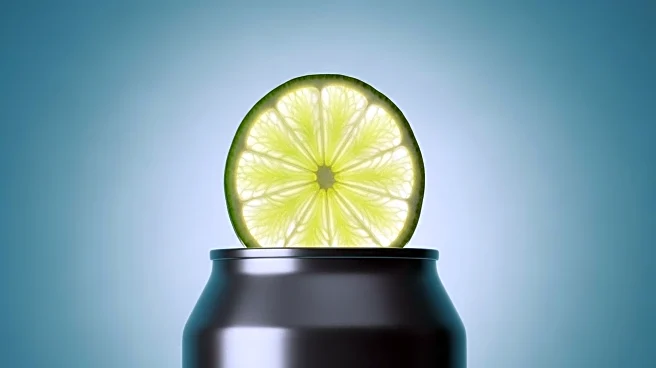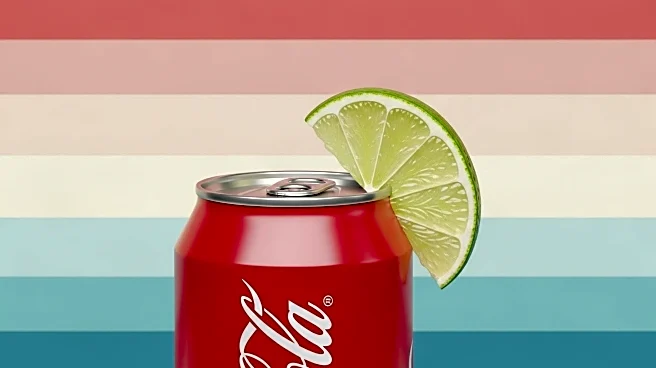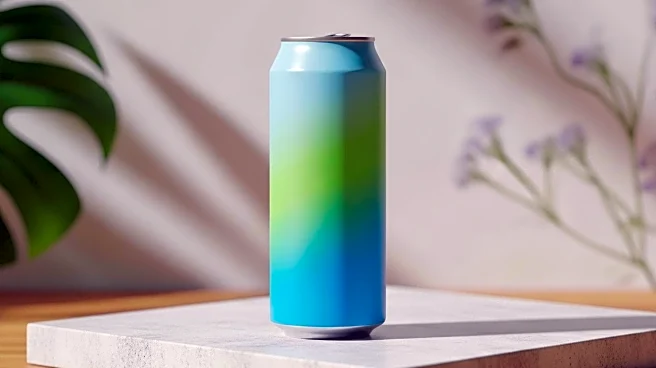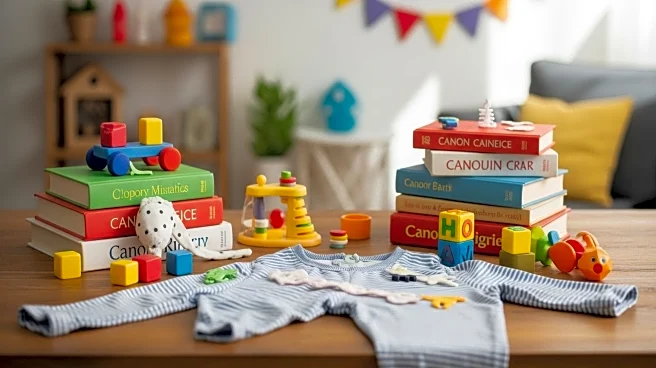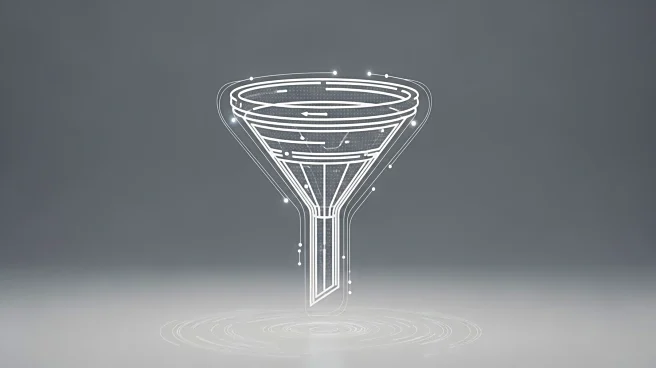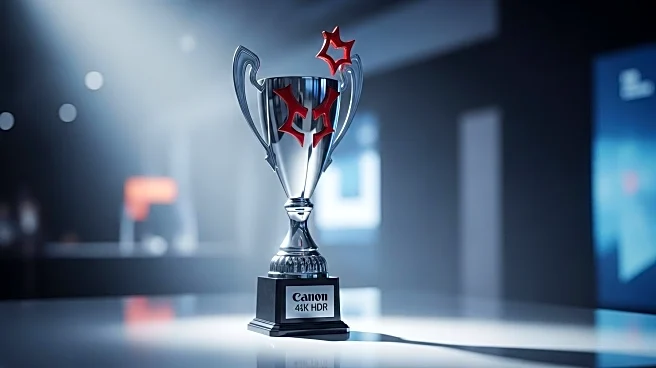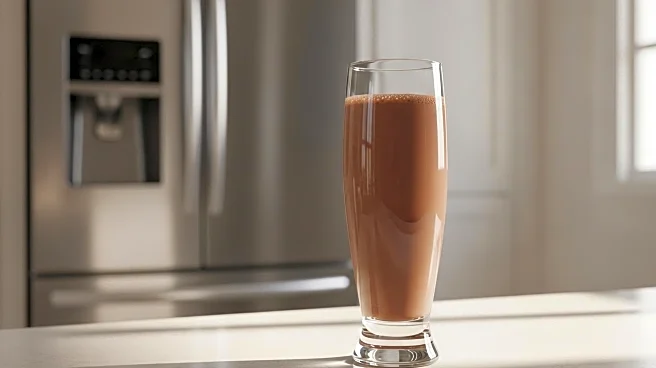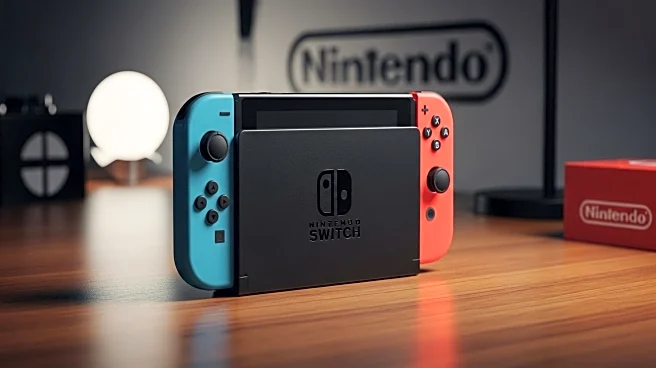What's Happening?
Coca-Cola has announced the return of its Retro Diet Coke Lime flavor, which will be available nationwide starting October 6. Originally launched in 2004, the flavor was discontinued in 2018 but remained accessible through Coca-Cola Freestyle machines. The company is reintroducing the flavor in both bottle and can forms, wrapped in retro-inspired packaging to appeal to both longtime fans and new consumers. This move taps into the current nostalgia trend prevalent in various industries, including fashion and film. The limited-time release will be available in 12-pack cans and single 20-ounce bottles while supplies last.
Why It's Important?
The reintroduction of Retro Diet Coke Lime highlights the growing consumer demand for nostalgic products. Coca-Cola's decision to bring back this flavor reflects a broader trend where companies are leveraging nostalgia to boost sales and engage with consumers. This strategy not only caters to existing fans but also attracts younger audiences who are drawn to retro aesthetics. The success of previous flavor reintroductions, such as Retro Diet Cherry Coke, indicates a strong market appetite for throwback products, which can lead to increased brand loyalty and sales.
What's Next?
As Coca-Cola rolls out Retro Diet Coke Lime, the company may monitor consumer reactions and sales performance to determine the potential for future nostalgic product releases. The positive reception of past reintroductions suggests that Coca-Cola might continue exploring this strategy, possibly bringing back other discontinued flavors. Additionally, the company could consider extending the availability of these nostalgic products beyond limited-time releases if demand remains strong.
Beyond the Headlines
The return of Retro Diet Coke Lime underscores the cultural significance of nostalgia in consumer behavior. This trend reflects a broader societal desire to reconnect with past experiences, offering comfort and familiarity in uncertain times. Companies across various industries may increasingly adopt similar strategies, using nostalgia as a powerful tool to evoke emotional connections and drive consumer engagement.


